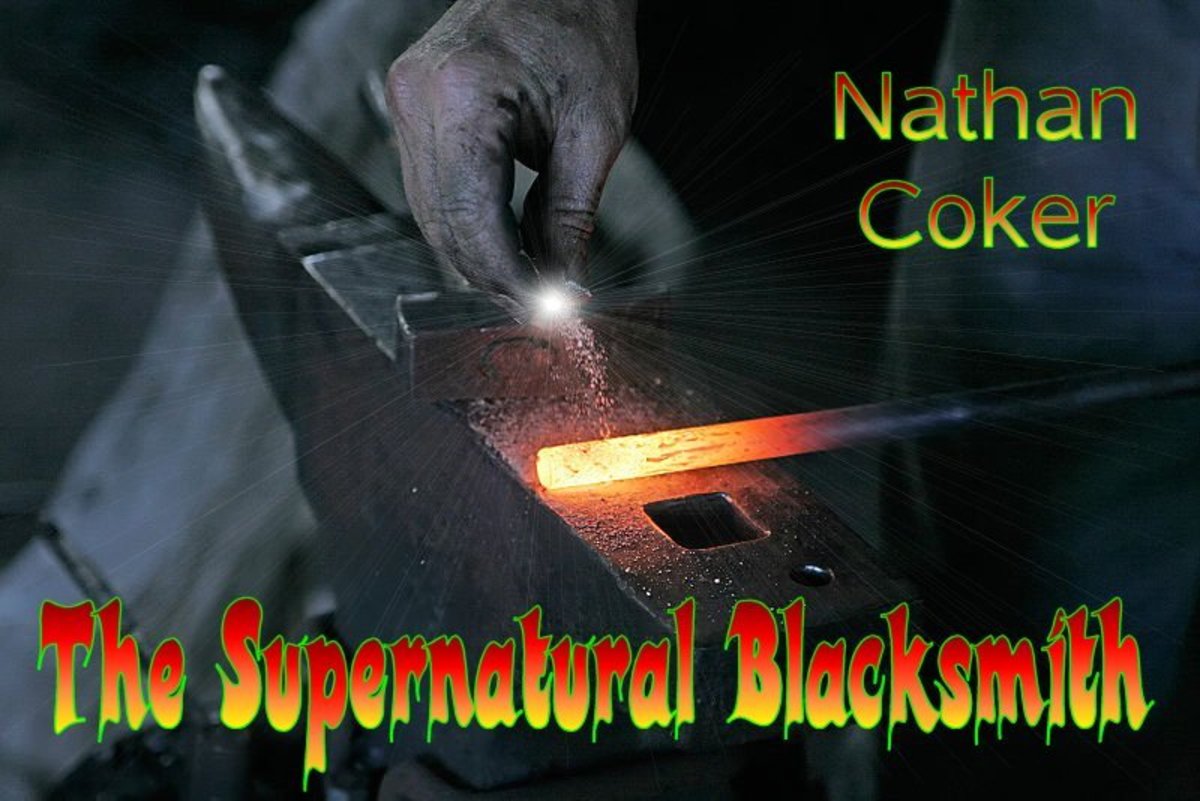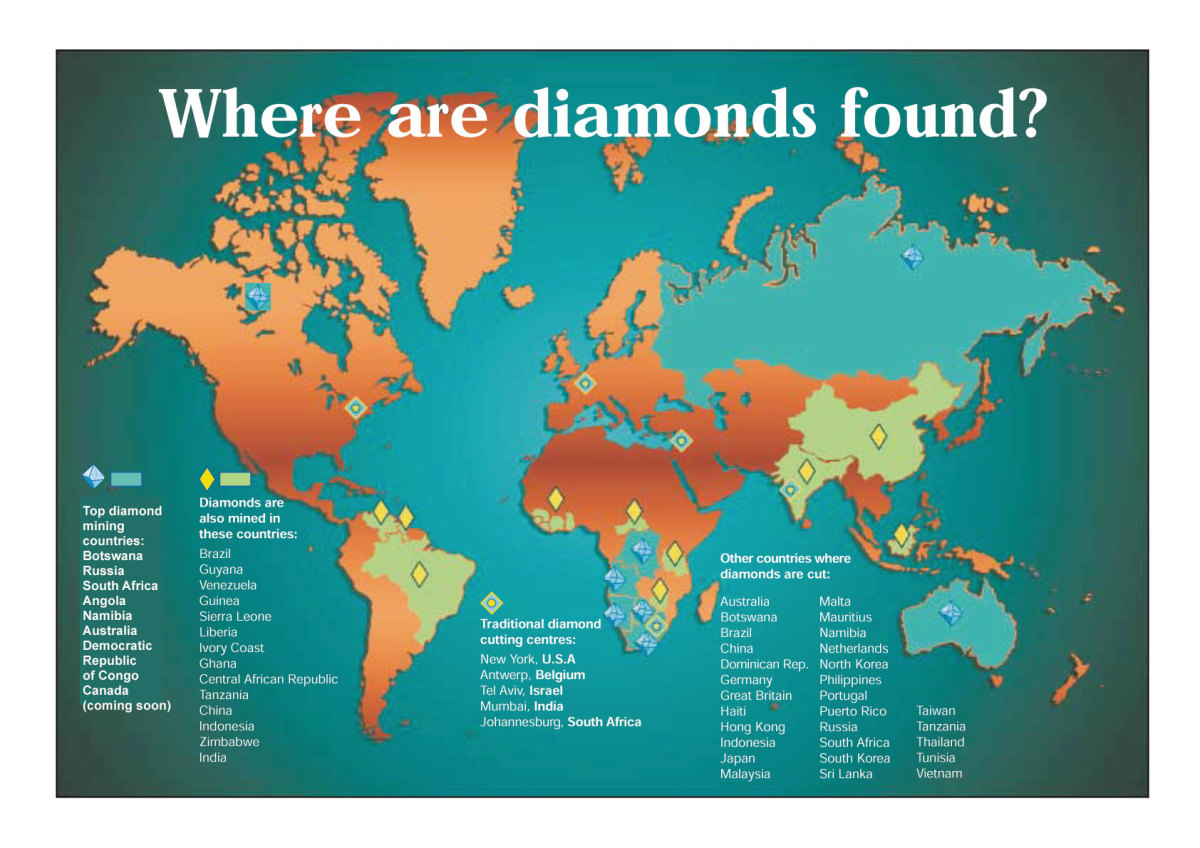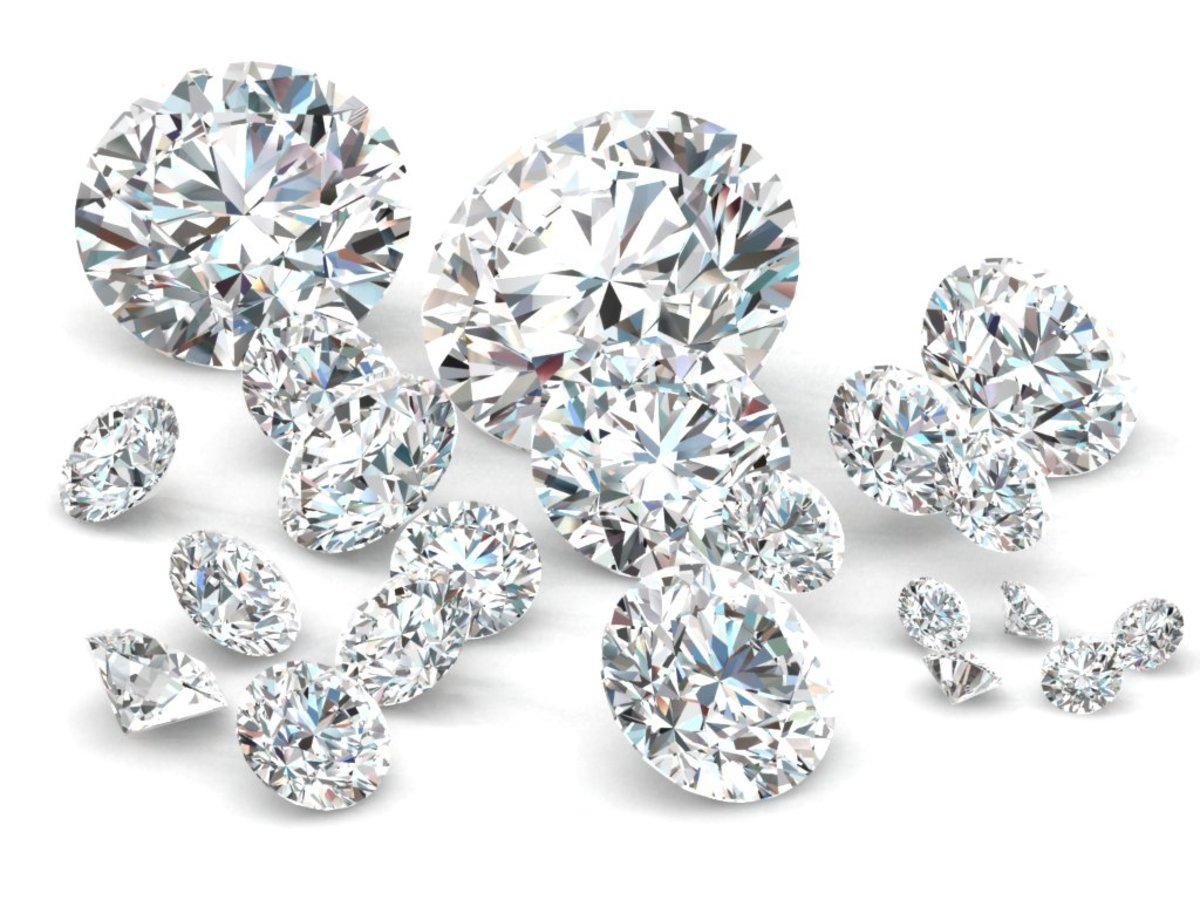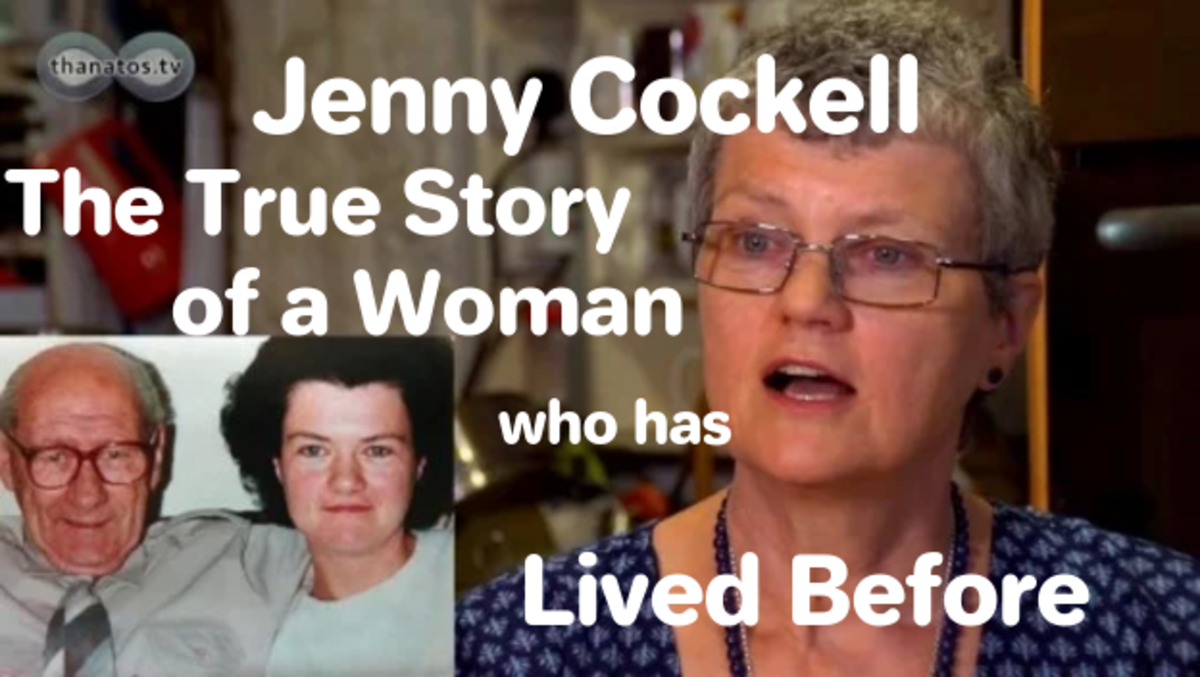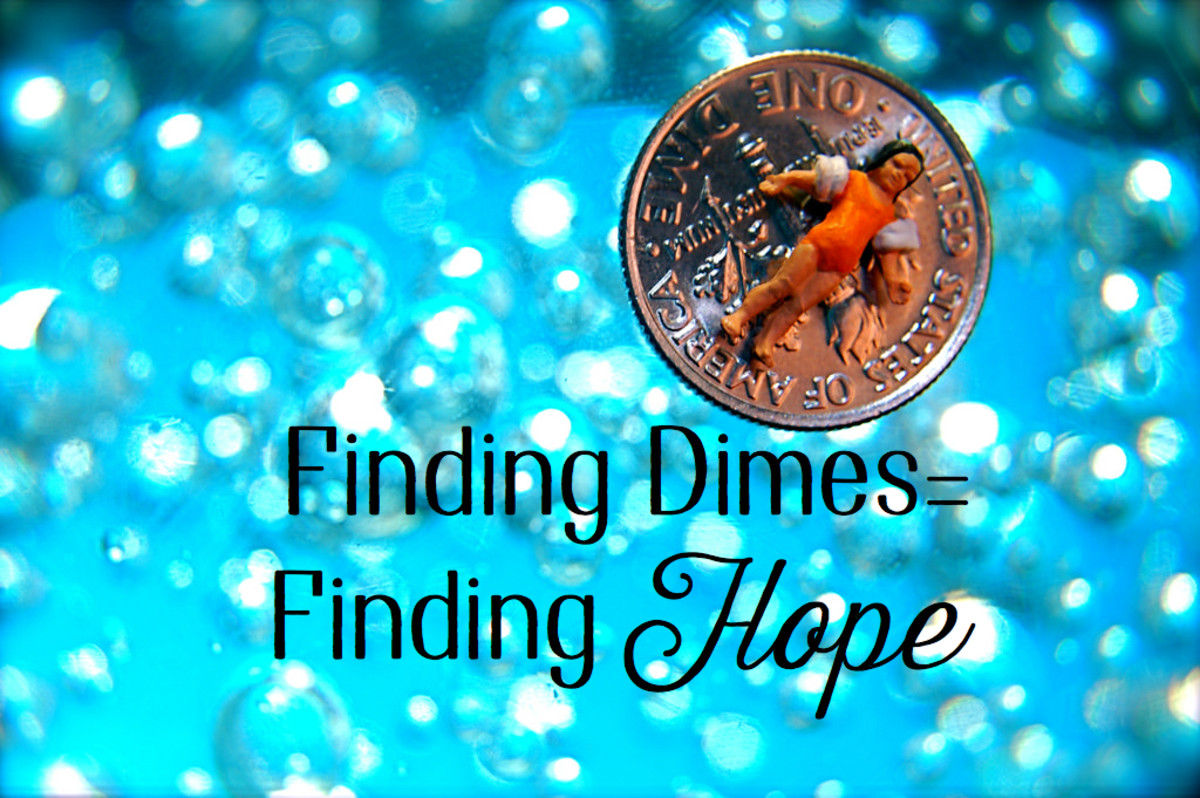The Jinx of the Hope Diamond : Mystery Files
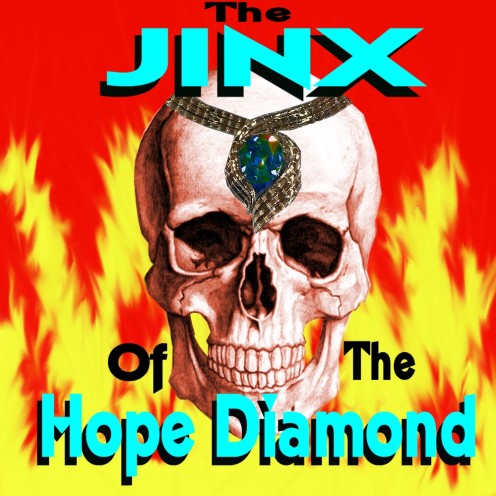
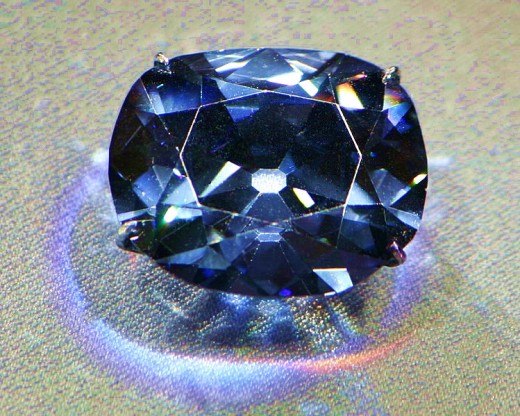
The Hope Diamond
The Hope Diamond is probably one of the most famous - or infamous gems in the world. It is big and blue and beautiful.
Yet it is said to have a dark, malevolent streak, a curse that stems from it's original theft from a holy statue, a jinx that has brought disaster and ill fortune to most of those unfortunate enough to have owned it.
The Hope Diamond's Origins
The Hope Diamond was dug out of the great Golconda mines of southern India. It is believed that the 115-carat blue diamond was once the eye of a holy Indian statue until it was stolen in 1668 by a man called Jean Baptiste Tavernier. This is the action that was said to have created the curse in the stone. On a later trip to India, Tavernier was ripped to death by a Tiger.
Tavernier sold it to the French Monarch Louis XIV, who had the stone cut into the 69-carat French Blue diamond which became part of his crown jewels The gem, along with the rest of the French Royal Jewels, was eventually stolen during the course of the French revolution, and was not seen again until it mysteriously turned up in the ownership of a London jeweller called Daniel Eliason in 1812.
The Hope Diamond ,as we know it, seems to have emerged into the public arena in 1830, when the British Banker and noted gem collector Henry Thomas Hope bought the stone. The price he paid for it has been variously reported as $65,000 and $90,000. Hope himself seems to have escaped any malevolent effects, and his ownership of the gem was not marked by any great tragedies.
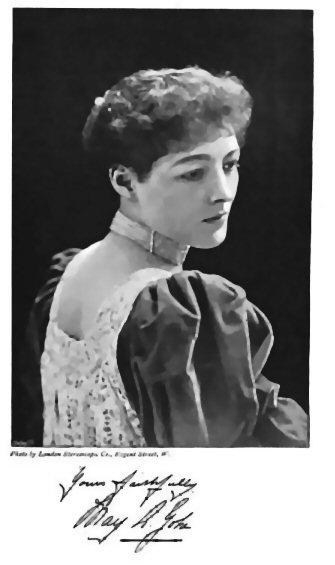
The Jinx begins
On his death, Hope bequeathed the stone to his cousin Lord Francis Hope. This is where the curse of the Hope Diamond seems to have found it's beginnings. Lord Francis Hope was married to a famous American singer/actress called May Yohe. Their marriage seems to have been an extremely troubled one. May Yohe placed the blame for all their married strife fairly and squarely on the diamond. She declared that the fascinating deep blue gem was malevolent, and said that it would bring nothing but evil to all who owned it. With hindsight, her words seem prophetic.
By the early 1900s, Lord Francis Hope was suffering from serious financial troubles and put the diamond up for sale. It was bought for more than three times it's original price by French Broker, Jaques Colot, who in turn sold it on to Prince Kanitovski, a Russian noble. Although Colot had only retained the gem for a relatively short period, he was not to escape the curse of the jinxed gem. Colot eventually descended into madness, and committed suicide.
As for Prince Kanitovski,it seems that his sanity was also questionable. He gave the diamond to a girl that he had fallen in love with. Her name was Lorens Ladue and she was a dancer/actress at the Folies Bergeres. However, the first night she wore the famous gem whilst performing on stage, she was shot dead by the prince, who was in turn killed himself, a few days later by a mob of revolutionaries.

The jinxed gem then found it's way into the hands of a Greek jeweller by the name of Simon Mantharides. The curse seems to have made short work of him as he was thrown over a precipice to his death.
In 1908 the diamond was bought by Abdul Hamid II - The Sultan of Turkey (who became known as "Abdul the Damned"), and was promptly deposed in the April of the following year - The last of the Sultans of Turkey.
The cursed stone was next acquired by Persian Diamond Merchant Habib Bey who took it to London in June 1909 to show in an exhibition. By November he was dead - Drowned when the ship he was sailing on - the French liner La Seyne - sank off the coast of Singapore.
Non-belief is no protection
Not everyone though, believed in the curse. One such person was The owner of the Washington Post, Edward Beale McLean, who was next to purchase the stone. The Hope Diamond however, was no respecter of McLean's beliefs. During President Warren G. Harding's administration in 1922-1923, McLean was implicated in a bribery incident that became known as the "Teapot Dome scandal". The eldest of his four sons was killed at the age of nine by a car. His wife Evalyn Walsh McLean died of pneumonia, and McLean himself eventually spiralled into alcoholism and insanity.

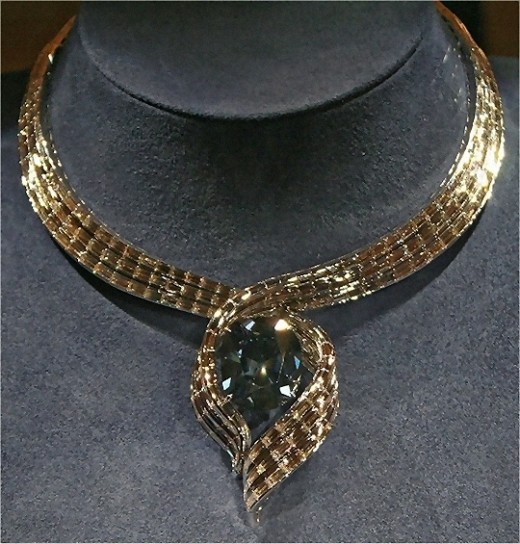
The Jinx abates?
The last person to own the Hope Diamond was Mr. Harry Winston a jeweller from New York City, who bought it in 1949 from Evalyn Walsh McLean's estate. He had the stone's bottom facet recut in order to increase the gem's brilliance and took it on exhibition around the USA.
Whether the re-cutting had any effect on the gemstone's "personality" is hard to say, but there is no record of Winston suffering any ill effects from his ownership. In 1958 Winston donated the stone to the Smithsonian Museum, where it rests to this day, conservatively valued at $250,000,000.
The gem was sent to the museum by standard U.S. mail


More Mystery Files
- Oak Island - The Mystery of the Money Pit: Mystery files.
Oak Island Money pit - An ingeniously contrived pit that was constructed to hide a treasure? It has kept it's secret through constant assaults for over two hundred years, and has cost the lives of five men, yet it will not yeild it's treasure. - The Ghost of Flight 401: Mystery Files
The Flight Engineer turned to the Second Officer and said "You don't need to worry about the pre-flight, I've already done it". The Second Officer became alarmed - He realised that the Flight Engineer he was speaking to was dead! - He had crashed on - Gloria Ramirez - The Toxic Lady : Mystery Files
19th of February 1994 - A woman is brought into the emergency department with breathing difficulties. A bloodsample is taken which seems to release a strange overpowering odour - within minutes virtually everyone in the emergency room has been render - Foo Fighters: Mystery Files
WWll pilots from both sides believed that they were secret weapons sent by their enemies. These strange vehicles flew along with the aircraft - stuck to them like glue and were impossible to shake off - Yet they never harmed a single plane - They wer

